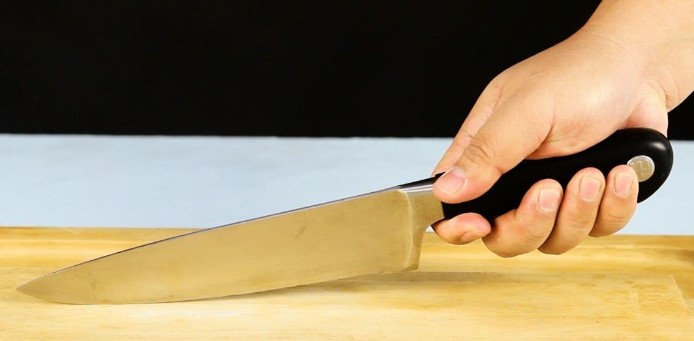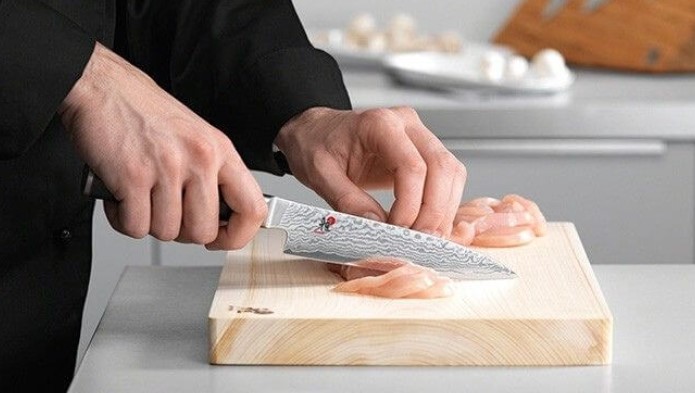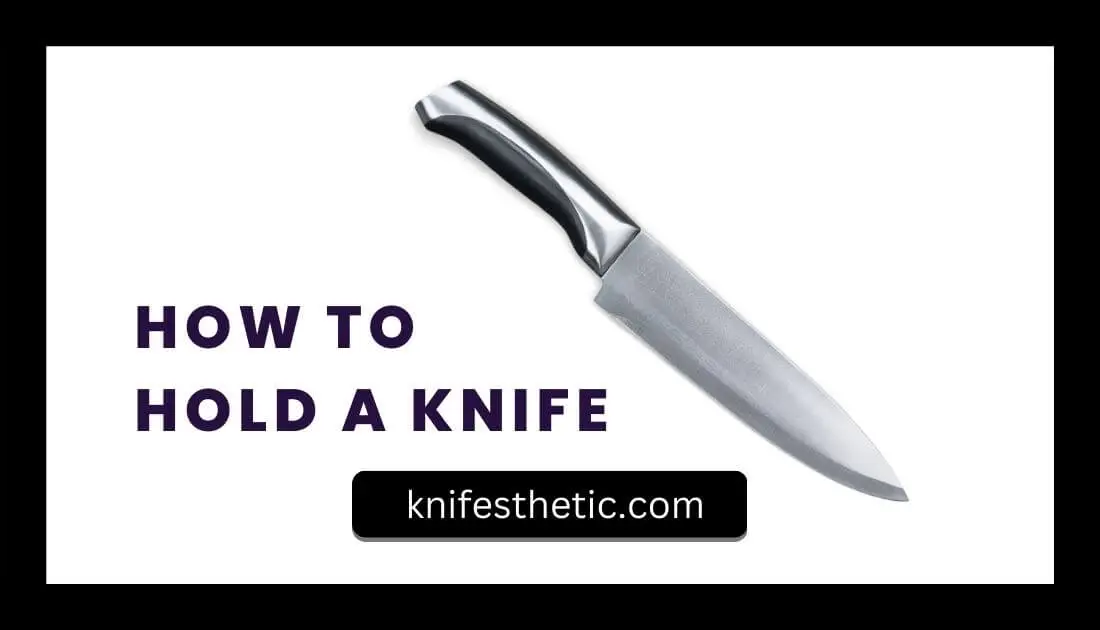If you ask any chef or culinary expert, what are the most critical aspects to become a professional chef? 99 percent of them would mention their knife skill.
The proper technique and the correct grip will allow you to control and improve the efficiency of professional knives.
That’s why culinary schools spend so much time on knife skills before they go on to the art of generating beautiful cuisine.
We were never taught how to handle knives properly because most of us have never attended culinary school. To become a superior look, having excellent knife abilities is quite necessary. It serves as the foundation for anything else that you will accomplish in the kitchen when you have completed it.
Your ability to make almost everything that you make is something that you utilize every day. Keeping yourself safe when dealing with knives only requires little training and awareness on your part.
Your food cuts will be more accurate and consistent, making your cooking more professional outcomes.Having good knife skills also helps you keep your fingers off the chopping board so you maintain safety. This will make your cooking more professional.
How To Hold A Knife?
Every knife has its own component and function. So we need to know how to hold a knife?
The point of a knife is defined as the intersection of the blade and the spine of the knife. If you wish to use your knife for its intended purpose, both its edge and spine should be sharpened.
The tip of the knife is the area at the front of the blade that is utilised for fine cutting.
A knife’s edge is the point where the blade’s cutting edge meets the handle.
Although it has a wide variety of applications, the edge of the knife is most often used for slicing small slices of meat and bread. Additionally, it may be used for the removal of excess fat from meat before to cooking.
Spine
The spine, which is the rear of the blade and is not sharpened, and the heel are the two halves of the blade. Because it impacts the knife’s balance, the thickness of the spine directly correlates to the blade’s overall strength. The heel is the section of the edge that is lowest and most rearward. It is directly opposite the point and is located near to the bolster.
Knives have bolsters, which are the metal plates that connect the blade to the handle. The blade stays aligned with the handle and contributes to the knife’s overall balance.
Tang
The tang is the part of the knife that connects the handle to the blade. You are able to exert a higher amount of power on the knife when it has a complete tang, which is another name for this kind of tang.
The tang and the bolster make up the two components that make up the handle of a knife. The part of the blade that is really being used is called the tang, and the part of the blade that is being held firmly in place while it is being used is called the bolster. Screw or rivet construction may be used for the manufacture of knife handles.
In the kitchen, numerous techniques are used for holding a knife, each of which has its own advantages and disadvantages. If you want to become an expert in chopping or cutting abilities, then continue reading this article, as it will provide you with several strategies that are both simple and very effective.
1. The Grip on the Handle

What exactly is the handle grip? When you are preparing to chop or cut something with the knife, one of the strategies you might use is to grab the handle of the knife behind the bolster with your full hand. This is called a handle knife grip.
This method is often preferred by new cooks or by chefs with very small hands since it provides a comfortable grasp. For such chefs, it is an excellent option. A secure and comfortable grip on the chef knife may be achieved using this method.
You should make sure that your fingers are folded under the bolster, and that your thumb is firmly positioned on the blade. This will ensure that the grip has some solidity.
The handle grip, on the other hand, seems the most natural when one is holding a knife. There are some highly skilled specialists that choose not to employ the handle grip method.
Creating precise and consistent cuts is impossible since the grip is so far from the blade end. Thus, completing any culinary tasks is very challenging, and this makes the work more difficult.

2. The Pinch Grip
Chefs’ shows and cooking programs can make one wonder how they slice through the food with such speed and dexterity.

It is safest and most efficient to handle knives with the pinch grip, which is the solution to this problem. You’ll be able to produce cuts that are neater and more precise as a result. In many different types of culinary arts schools, one of the first things that students learn is the correct method to wield a knife.
Pinch grips, also called blade grips, are used to hold the blade between the forefinger and thumb of one hand. The remaining fingers slide below the handle and then wrap around it. It’s done such that your index finger is at the top, and your thumb is at the very bottom of the motion.

The reason we hold the knife in this posture is that we want to maintain an ideal equilibrium between the knife’s degree of sharpness and its level of safety. This implies that when you use the knife, you should not move it away from your body in any manner.
While you’re using it, if you mistakenly move the blade in any manner, you put yourself in danger of cutting yourself. Because our fingers will be light around the knife, which will fit like an extension of your hand, there is no need for us to over guide the blade and the knife itself.
You will grow much better at slicing, mincing, and dicing like a professional if you practice the blade grip and get comfortable with the various knife cuts.
3. The Claw
For cuts that are even or precise, the claw method offers the greatest level of control. You can get more consistent cuts while protecting your hand and fingers with the claw.
The claw is created by using the tips of your fingers to secure the item being cut in place on the cutting board.

Next, curl the fingers of your non-dominant hand into a claw shape. Place the palm of your non-dominant hand down on a flat surface, such as a table or countertop, with the back of the hand facing away from you. When you have your hand in the correct posture, it should resemble the letter C with its knuckles protruding outward.
Now, grip the knife with the hand that you normally use, and push the blade against your knuckles. To make a clean cut through the ingredient, move the blade of the knife forward.
Apply pressure to the component using the hand that is leading the operation to prevent it from sliding or moving. The hand that is not your dominant hand should be moved farther back after you have completed each cut. After you have measured the width of the first slice, move your leading hand back so that you can cut another portion of the same size.

Please share in the comments below the writing mode that you find most natural and use on a daily basis. Please enlighten us on any more effective ways of holding a knife if you are familiar with any.
